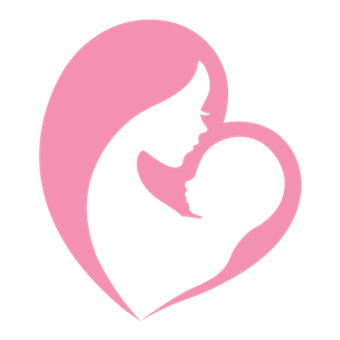Different abortion methods are used according to how old the unborn baby is. The following briefly describes these methods. Under the Government’s proposed abortion law, first trimester abortions are permitted for any reason; second trimester abortions are permitted on vague health (including mental health) grounds. For babies who are judged to have “a condition affecting the foetus that is likely to lead to the death of the foetus either before or within 28 days of, birth”, there is be no time limit, and accordingly third trimester abortions are legal.
First Trimester
Medical Abortion
A medical (or chemical) abortion is a non-surgical form of abortion in which the woman takes pills to end the life of the baby. This procedure is performed during the first trimester of pregnancy.
There is usually limited medical supervision for the woman during a medical/chemical abortion. After taking the first pills, she is sent home to complete the abortion. With this type of abortion, it is likely that she may not have a doctor to provide immediate help, should any complication occur.
Suction D&C Abortion
A suction, or aspiration, D&C abortion is a procedure in which a suction catheter is inserted into the mother’s uterus to extract the unborn baby. The suction machine is 10 to 20 times as powerful as a domestic vacuum cleaner. The procedure is completed as the abortionist uses a sharp metal device called a curette to empty the remains of the child from the mother’s womb. This procedure is performed during the first trimester, typically between five and thirteen weeks.
Second Trimester
D&E Abortion
A dilation and evacuation abortion, D&E, is a surgical abortion procedure during which an abortionist first dilates the woman’s cervix and then uses instruments to dismember and extract the baby from the uterus. The D&E abortion procedure is usually performed between thirteen and twenty-four weeks.
After the amniotic fluid is removed, the abortionist uses a sopher clamp — a grasping instrument with rows of sharp “teeth” — to grasp and pull the baby’s arms and legs, tearing the limbs from the child’s body. The abortionist continues to grasp the remaining body parts. The most difficult part of the procedure is usually finding, grasping and crushing the baby’s head. After removing pieces of the child’s skull, the abortionist uses a curette to scrape the uterus and remove the placenta and any remaining parts of the baby.
The abortionist then collects all of the baby’s parts and reassembles them to make sure there are two arms, two legs, and that all of the pieces have been removed.
Third Trimester
Induction Abortion
A third trimester induction abortion is performed from 25 weeks to term. At 25 weeks, a baby is almost fully-developed and could survive outside the womb. For this reason, the abortionist will usually first kill the baby in utero by a lethal injection, and induces the mother’s labour to deliver her baby stillborn.
If the child does not come out whole, the procedure becomes a D&E, or a dilation and evacuation. The abortionist uses clamps and forceps to dismember and remove the baby piece by piece.
